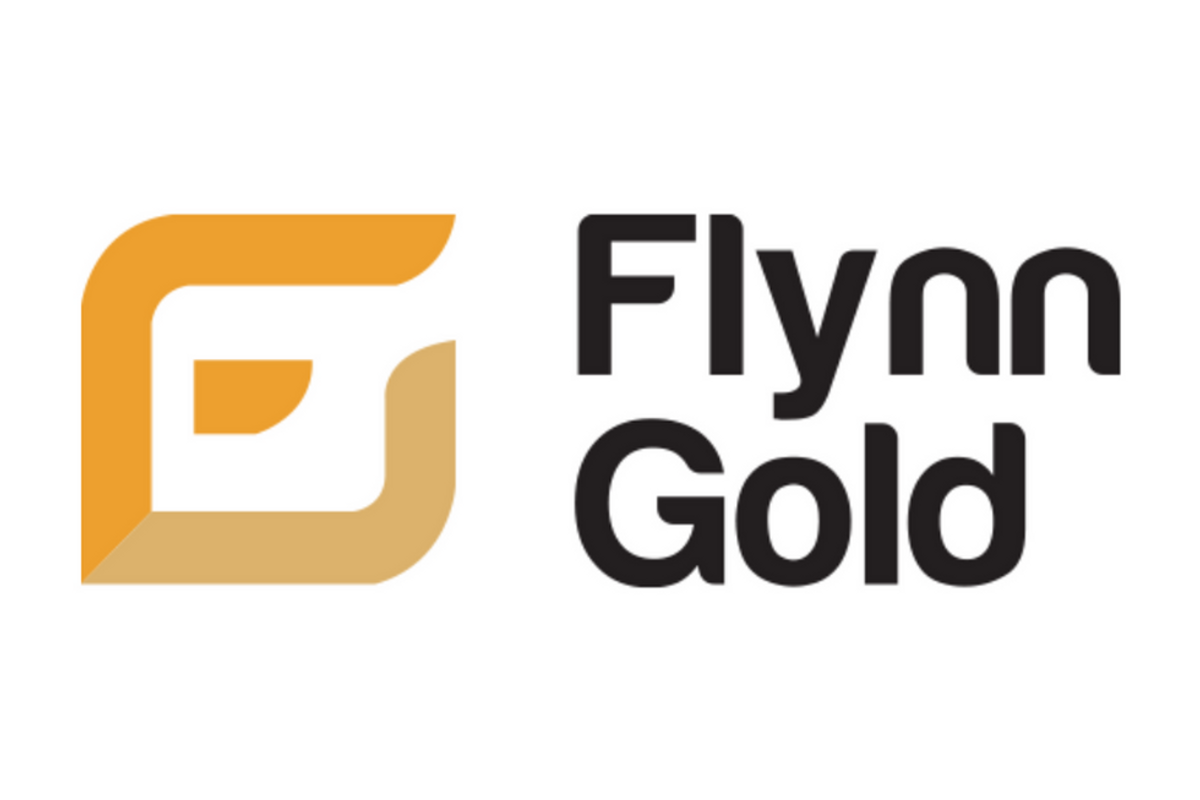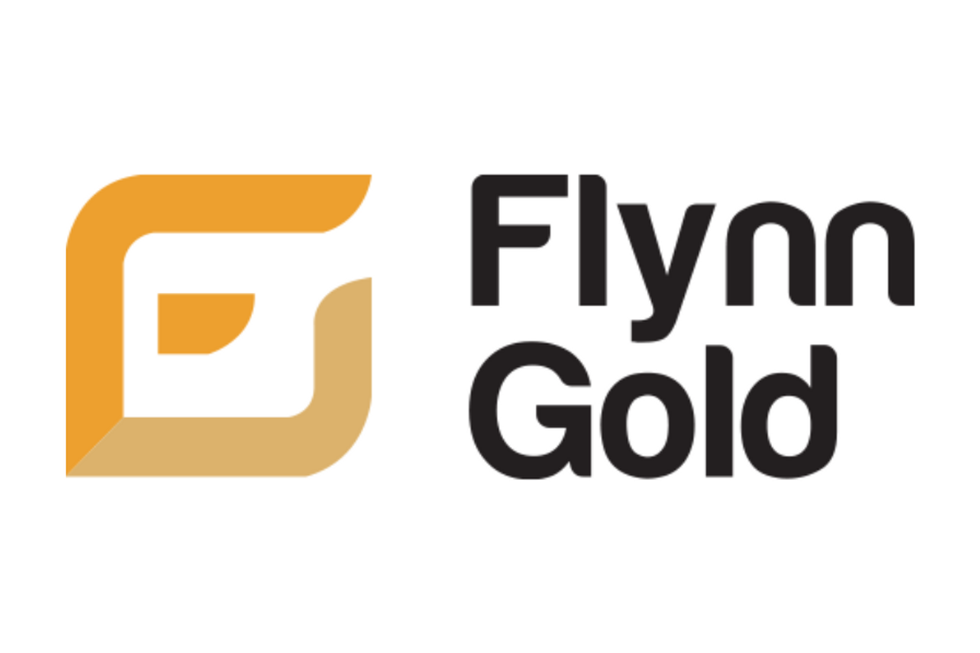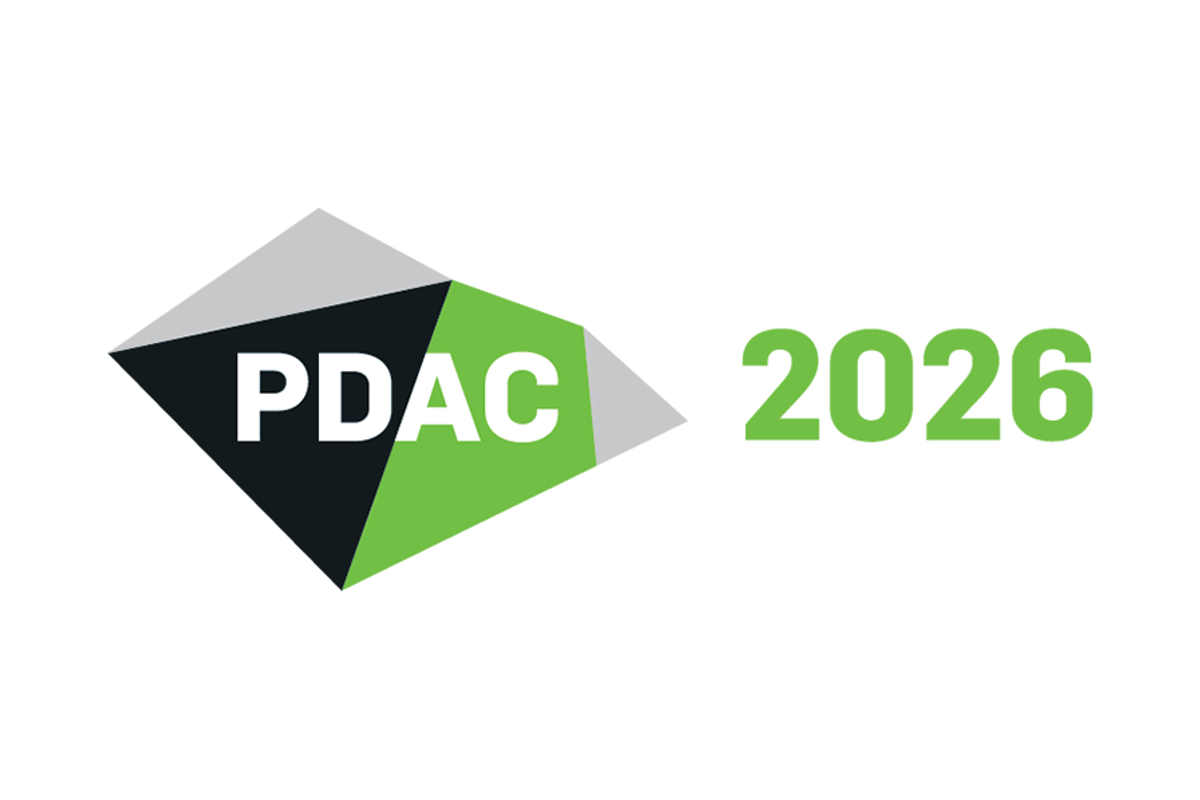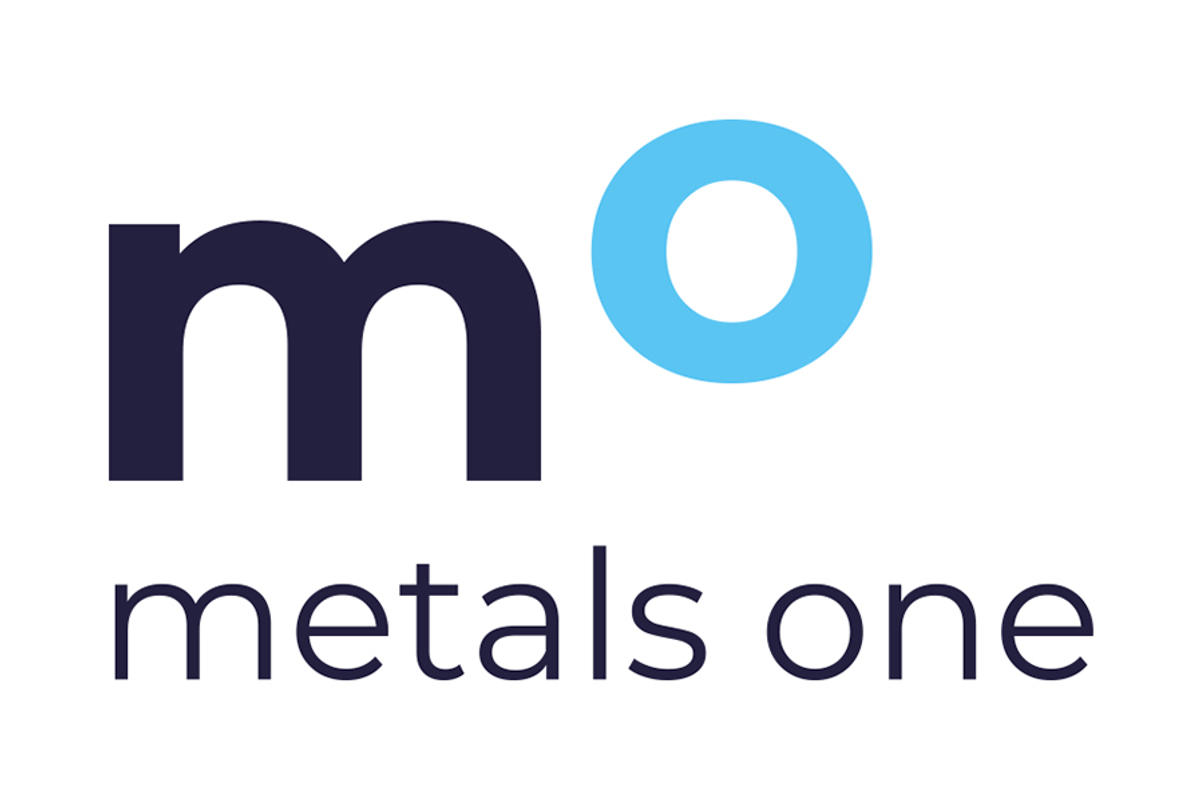
February 01, 2024
Flynn Gold Limited (“FG1” or “Flynn Gold”) (ASX: FG1) confirms that the Share Purchase Plan (“SPP”) announced to the ASX on 11 December 2023 closed at 5pm Tuesday, 30 January 2024. The Company received valid applications for 1,908,322 shares raising $114,500 (before costs). The Directors have accepted all valid applications in full in accordance with the SPP Offer Booklet dated 18 December 2023.
Under the SPP, shareholders in the Company registered in Australia or New Zealand on the record date of 8 December 2023 (“Eligible Shareholders”) were entitled to subscribe for up to $30,000 of new fully paid ordinary shares (“SPP Shares”) in the Company at the issue price of $0.06 per SPP Share.
The Company also confirms that it has received funds totalling $990,500 from the Tranche 2 Placement, announced on 11 December 2023, and resulting in an issue of 16,508,335 Shares to Directors and Related Parties at an issue price of $0.06 per Share as approved at the EGM held on 23 January 2024. The Company notes that it expects to complete the remaining of the Tranche 2 placement in due course which amounts to $249,000.
The capital raised under the SPP and Placement will be used to further exploration activities at the Company’s advanced Tasmanian gold and critical minerals projects, WA lithium projects and for general working capital.
The Shares will rank equally with existing shares in the Company. Managing Director, Neil Marston, commented:
“On behalf of the Board of Flynn Gold Limited I wish to thank existing and new shareholders for their participation in the Company’s fund- raising initiatives via the Share Purchase Plan and Placement.
“These funds will predominantly be used to progress our exciting advanced gold projects in Tasmania.”
Click here for the full ASX Release
This article includes content from Flynn Gold, licensed for the purpose of publishing on Investing News Australia. This article does not constitute financial product advice. It is your responsibility to perform proper due diligence before acting upon any information provided here. Please refer to our full disclaimer here.
FG1:AU
The Conversation (0)
12 August 2024
Flynn Gold
Advancing three high-grade gold projects in Tasmania
Advancing three high-grade gold projects in Tasmania Keep Reading...
20 February
Exploration Update - Golden Ridge Project, NE Tasmania
Flynn Gold (FG1:AU) has announced Exploration Update - Golden Ridge Project, NE TasmaniaDownload the PDF here. Keep Reading...
18 February
High-Grade Silver-Lead at Henty Project, Western Tasmania
Flynn Gold (FG1:AU) has announced High-Grade Silver-Lead at Henty Project, Western TasmaniaDownload the PDF here. Keep Reading...
30 January
December 2024 Quarterly Activities Report and Appendix 5B
Flynn Gold (FG1:AU) has announced December 2024 Quarterly Activities Report and Appendix 5BDownload the PDF here. Keep Reading...
12 January
Flynn Expands Key Gold Targets at Golden Ridge, NE Tasmania
Flynn Gold (FG1:AU) has announced Flynn Expands Key Gold Targets at Golden Ridge, NE TasmaniaDownload the PDF here. Keep Reading...
08 December 2024
Exploration Licence Granted at Beaconsfield in NE Tasmania
Flynn Gold (FG1:AU) has announced Exploration Licence Granted at Beaconsfield in NE TasmaniaDownload the PDF here. Keep Reading...
04 December
Top 5 Australian Mining Stocks This Week: African Gold Shines on Acquisition by Montage
Welcome to the Investing News Network's weekly round-up of the top-performing mining stocks listed on the ASX, starting with news in Australia's resource sector.Gold, rare earths, metals and iron ore are all in this week’s list, with each company’s share climbing on either M&A news or project... Keep Reading...
04 December
Frank Holmes: Next Gold, Silver Price Calls, Plus Top 2026 Asset
Frank Holmes of US Global Investors (NASDAQ:GROW) shares his forecast for gold and silver.He sees gold testing US$5,000 per ounce next year and then reaching US$7,000 by the end of US President Donald Trump's second term in office. "And I think that silver will be over US$100," he added.Don't... Keep Reading...
04 December
Gold’s Next Test: WGC Lists 3 Potential Price Scenarios in 2026 Outlook
Investors should brace for continued economic uncertainty and financial market volatility in 2026, the World Gold Council (WGC) warns in its 2026 outlook — and those circumstances could have various effects on gold. After a blistering 2025 that has so far seen the yellow metal hit more than 50... Keep Reading...
04 December
Exploring Investment Opportunities in Colombia’s High-grade Gold Resource
Colombia's mining sector is experiencing a renaissance, with the country's rich mineral resources attracting increasing attention from global investors. At the forefront of this resurgence is the Antioquia region, a historical gold-mining hub that continues to yield impressive results. This... Keep Reading...
04 December
Registration opens for PDAC 2026: The World’s Premier Mineral Exploration & Mining Convention
The Prospectors & Developers Association of Canada (PDAC) is pleased to announce that registration is now open for PDAC 2026, taking place March 1-4, 2026, at the Metro Toronto Convention Centre in Toronto. The world’s leading gathering for mineral exploration and mining will once again unite... Keep Reading...
04 December
Placement to Institutional and Sophisticated Investors, Appointment of Joint Broker,Issue of Equity & TVR
Metals One (AIM: MET1, OTCQB: MTOPF), a critical and precious metals exploration and development company, is pleased to announce it has successfully raised gross proceeds of £4.4 million (before expenses) through a placing of new ordinary shares with institutional and sophisticated investors... Keep Reading...
Latest News
Latest Press Releases
Copper Quest Closes $1,927,000 Private Placement
05 December
Related News
TOP STOCKS
American Battery4.030.24
Aion Therapeutic0.10-0.01
Cybin Corp2.140.00







